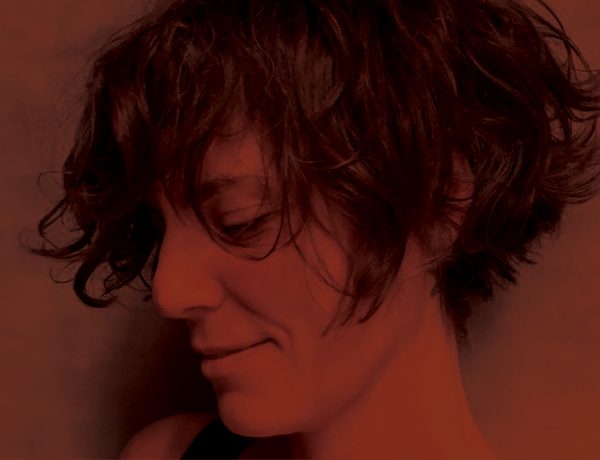Meet Buket Kınalıkaya, the Founder of Atorie bu and read more about her practice, her explorations, her works and commissions made for various clients.
Interview by Bahar Ahu Sağın
What is your first memory of ceramics? What was the first thing you did using clay?
A sculpture of an imaginary male. In 2007 during my gap year from studies, I rented a corner in a sculptor’s studio. He was commissioned to make outdoor sculptures for residential and commercial spaces. I was watching him sketch out his ideas in clay, and I gave it a try, so I made the bust. He was very kind to fire it for me. Since then it has travelled with me to Paris, Cairo, and now is in my studio kitchen in Istanbul. I think it looks like my partner whom I met a year after I made it!
What or who influenced you the most?
I’m lucky to have supportive family and friends who helped me put together atorie bu piece by piece. I’m also grateful for Alev Ebuzziya Siesbye and Vehbi Koç Foundation for making my master studies possible, Kristin McKirdy for passing the ceramic bug, Anders Herwald Ruhwald for mentoring me during the master’s program, and Ivo Bonacorsi for supporting me every step of the way. I appreciate all of the clients and customers, their purchases helped me to continue working.
How do you spend a day at the studio?
At nine, I put on my dusty clothes, my loud clogs, do my hair and enter the studio. I prepare coffee, and choose a radio station or podcast and get to work until one or two. My stomach will tell me when it’s lunchtime and then I prepare something. I’ll gather my thoughts for half an hour and get back to work or do some administrative work until five when I make another coffee. I quit around seven. This is my hypothetical schedule.
Besides their functionality, your works display high aesthetic values. How would you describe “atorie bu” in a few words?
atorie bu is the name of my studio space. It’s where I make commissioned projects for clients and carry on with my ceramic experiments.
You focus on research and have an experimental approach in your practice. atorie bu is where humorous ideas are balanced with mud and glaze. How would you describe your philosophical approach to material production?
At the moment it’s sensible to choose techniques that can be adapted along with my varying interests. A piece will always involve combinations of minerals and human effort. I’m looking to keep the touch (my touch) visible all the way through the process.
Why do you think ceramics are so popular all over the world?
In 2009 Roberta Smith wrote, “while ceramics is just another art medium, there is no art medium quite like ceramics”. Whatever you want to call it, it’s been around for at least nine thousand years.
Name an artist whose work you would like to include in your ceramic collection?
Ron Nagle.




